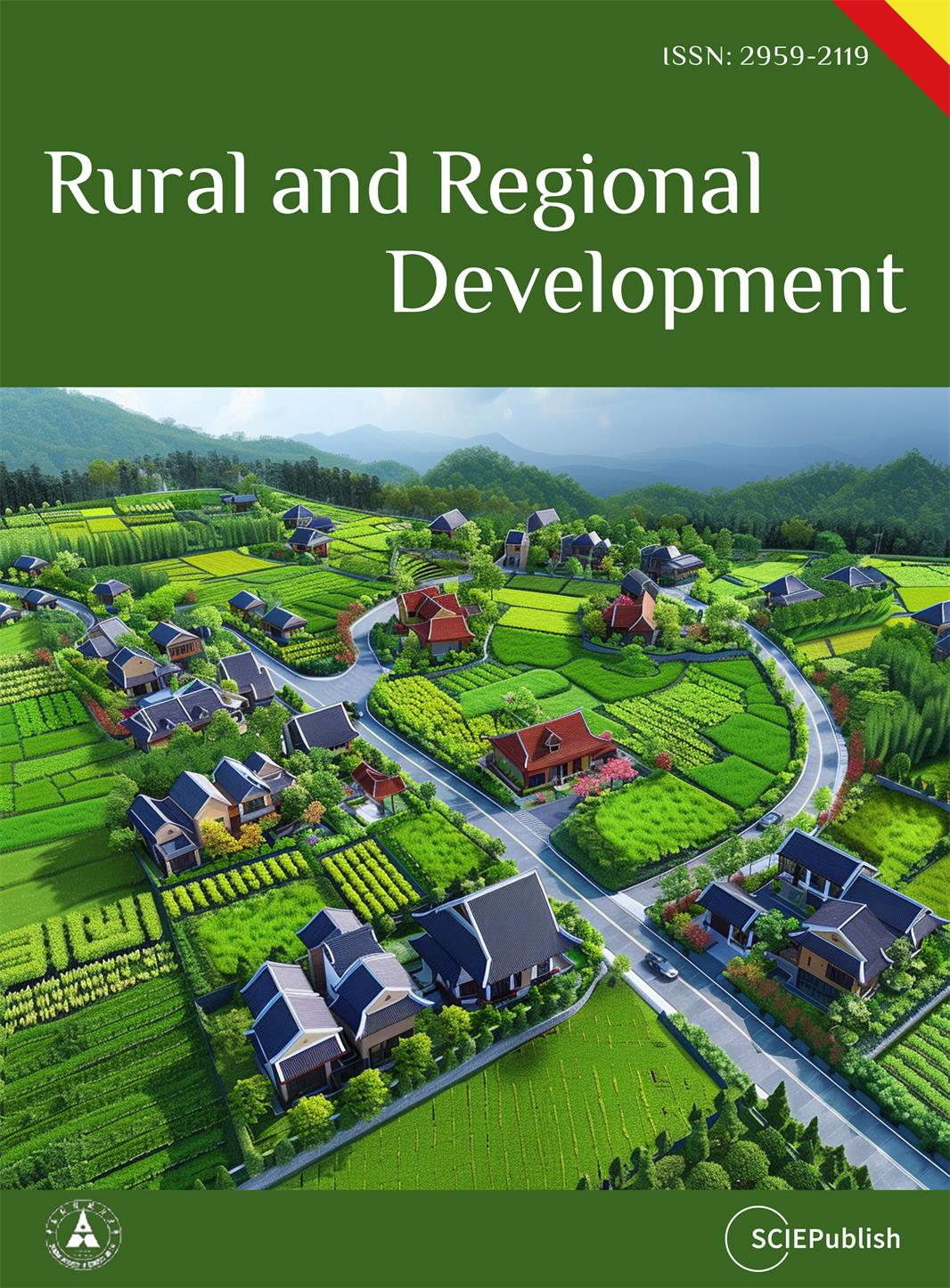Found 768 results
Open Access
Opinion
22 August 2024Medical Drones for Public Health Emergency Preparedness, Response, and Resilience: Delivering Health for All
Amid a global metacrisis of health, environmental and economic challenges, medical delivery drones (or uncrewed aerial vehicles) offer a promising method to prepare for, and rapidly respond, to future emergencies. This opinion article summarizes the current medical delivery drone landscape, evidence base, and policy implications in the context of public health emergencies, such as pandemics, natural disasters, and humanitarian crises, with a particular emphasis on the region of sub-Saharan Africa. Using a multilateral, international health policy perspective, key challenges and opportunities, such as the development of sustainable funding mechanisms, robust regulatory frameworks, and capacity building, are identified.
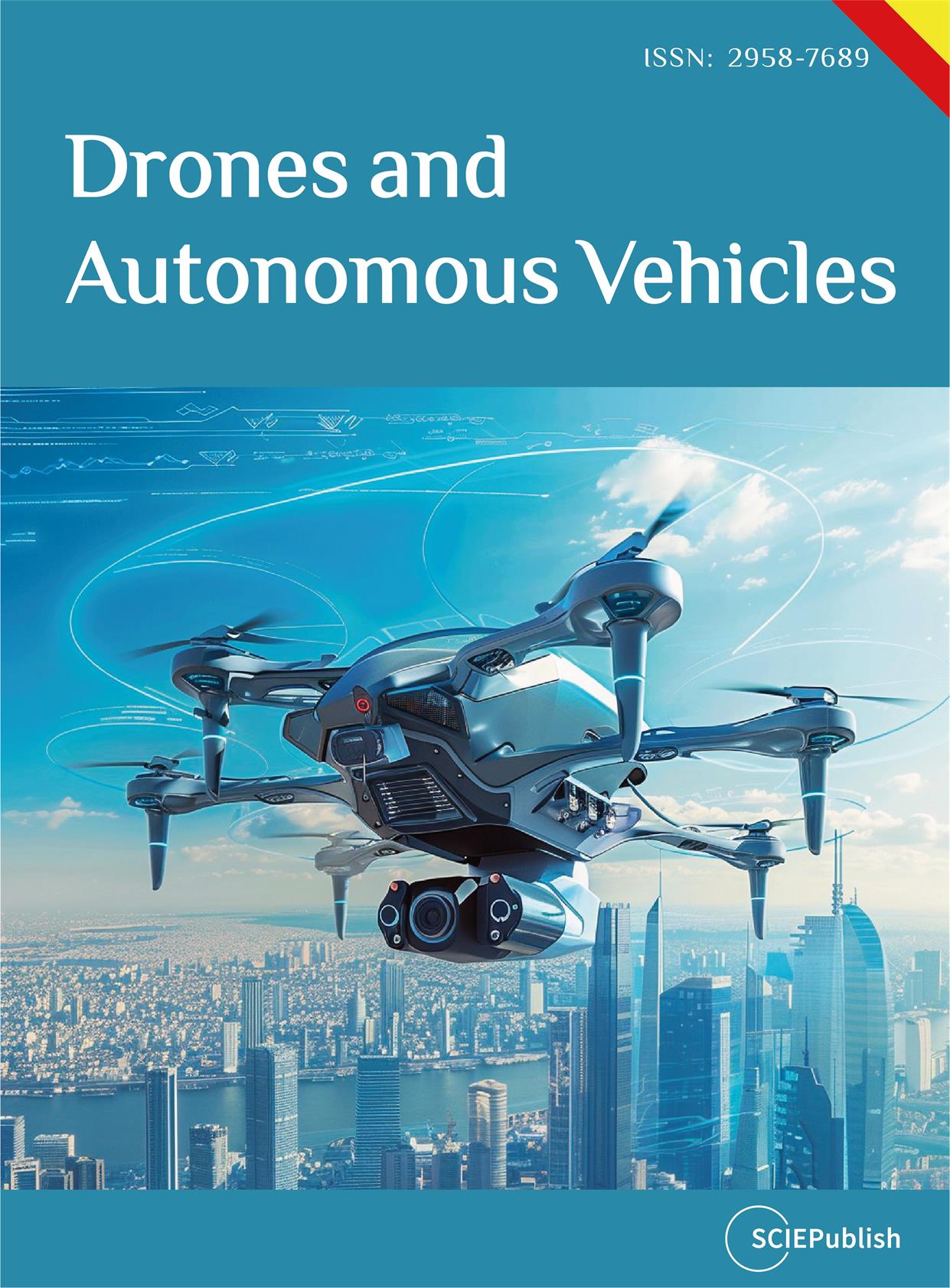
Open Access
Opinion
21 August 2024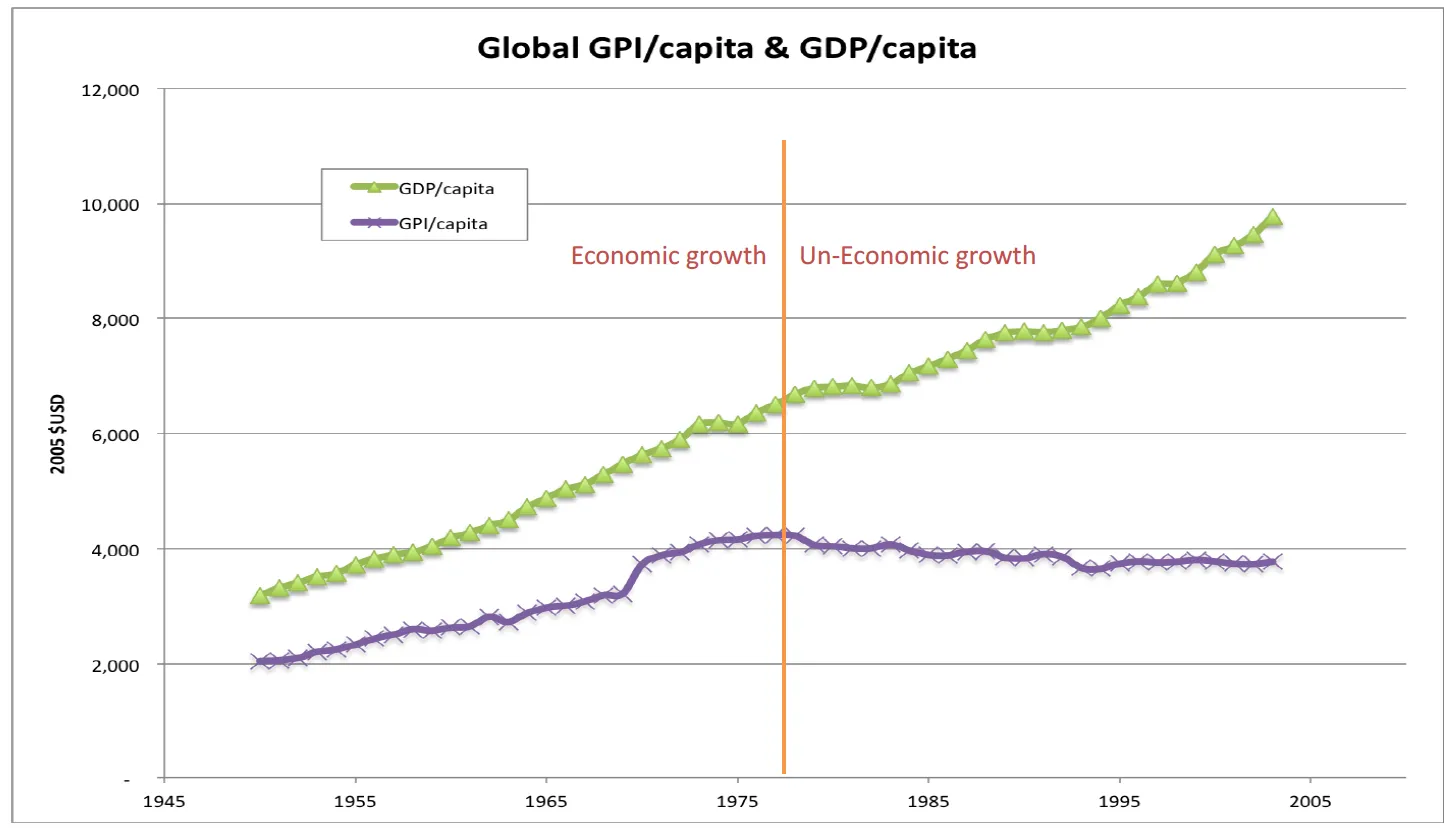
Open Access
Article
19 August 2024Maturity Model for the Manufacturing Industry with Case Experiences
This manuscript describes the research path when extending a maturity model. The initial model—ManuMaturity—was for manufacturing companies aiming beyond Industry 4.0. The extended OSME model covers data sharing within a supply chain, an open innovation ecosystem and sustainable manufacturing. The OSME maturity model has five maturity levels: traditional factory, modern factory, agile factory, agile cognitive factory and agile cognitive industry and seven dimensions (such as infrastructure, data, customer, business model, employee, sustainability and processes). The tool was experimented with in manufacturing companies on two occasions: with a set of manufacturing companies and a group of companies. In both cases, feedback was gathered from the respondents. The article follows the maturity assessment development phases such as scope, design, populate, test, deploy and maintain, and reports the software implementation of the maturity tool. With the help of the developed maturity model and the tool, it was possible to make assessments in case companies, where the tool and its results were commented mostly positively. The tool can be applied in various ways. For example, a group of people can jointly submit their common understanding and have a thorough discussion or a group of company representatives submit their responses and the variation is discussed afterwards.

Open Access
Article
19 August 2024Differences in Flood Quantiles Estimate of Disturbed and Undisturbed Watersheds in the United States
Nonstationarity due to climate variation and anthropogenic disturbances has altered high flow regimes. However, the extent of change has not been evaluated for undisturbed versus disturbed watersheds. This article aimed to determine how partitioning watersheds into undisturbed and disturbed categories can improve the performance of probability distributions for flood analysis throughout the United States. We utilized peak flow information for 26 reference (undisturbed) and 78 nonreference (disturbed) watersheds with drainage areas ranging from 135 to 42,367 km2 and record lengths of 100 to 140 years. Results indicated that flood quantile estimates of the Log Pearson Type III (LP3) distribution were likely being overestimated for return periods of 2 to 10 years, while flood estimates of 50 years and higher might be underestimated. In contrast, the Generalized Extreme Value (GEV) distribution outperformed LP3 in estimating floods with return periods of 50 years or more. These findings enhance flood frequency analysis and forecasting under nonstationary conditions.
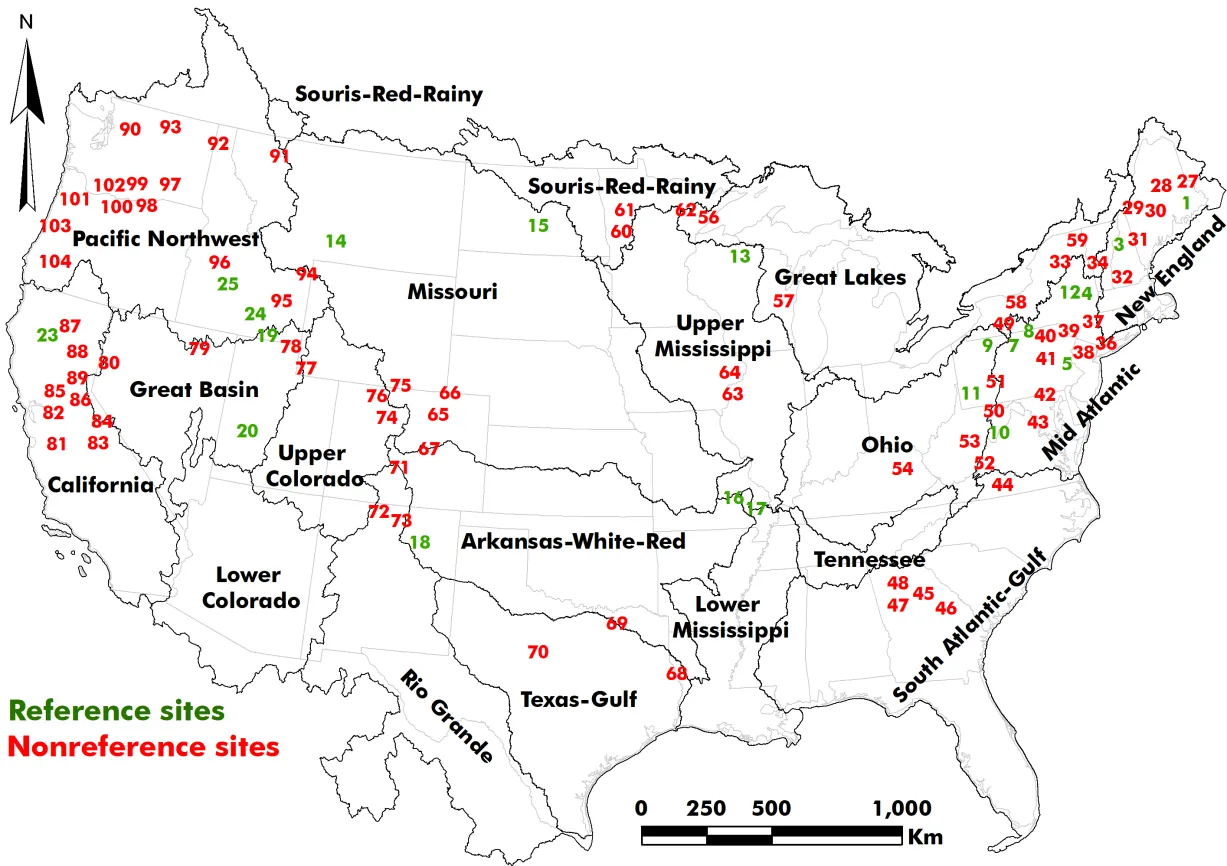
Open Access
Editorial
16 August 2024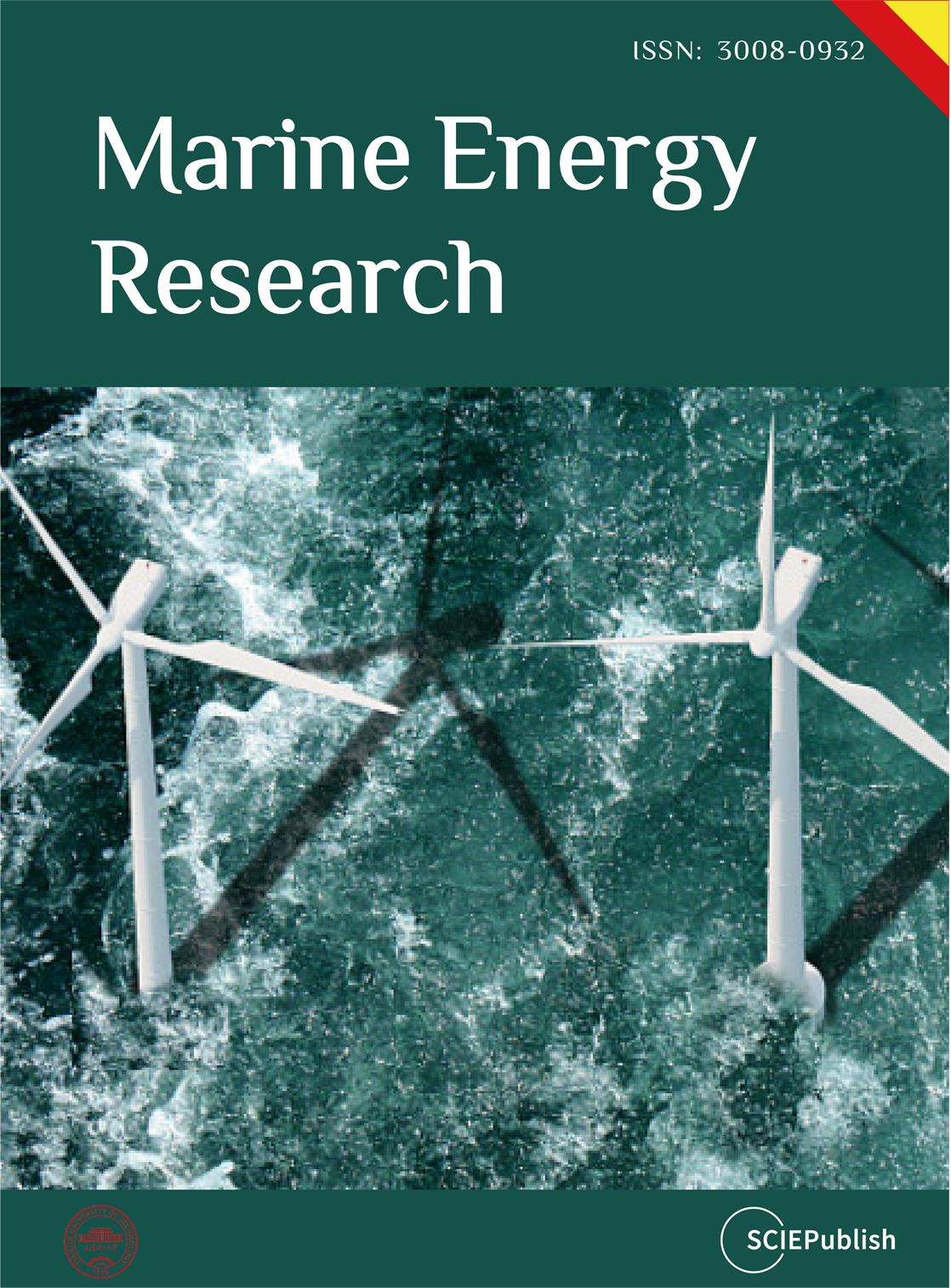
Open Access
Article
15 August 2024Hazardous Gas Monitoring with IoT Enabled Drone in Underground Tunnels and Cavities
Considering the healthiness of the atmosphere in mining activities (e.g., tunnelling), two of the most important parameters to be monitored are the concentration of oxygen and the presence of harmful gases such as CO2. Traditional methods for their measurement are fixed platforms and portable gas detectors carried by miners; they are incapable of recognizing sudden or short-term pollution events or correctly accounting for the spatial scarcity of gases. A UAV (Unmanned Aerial Vehicle) device capable of guaranteeing the measurement and continuous monitoring of concentrations has been designed. By using innovative technologies, it promotes digitization in the mining sector. This approach replaces current methods that, while effective at detecting and measuring environmental parameters, are slow, routine, and heavily reliant on human input. It saves productive expenses in the sector since it reduces costs compared to hiring a field technician for activities such as analysis of environmental conditions. This saving is about 110 euros daily, representing a 32% saving per working day for each mining technical responsible for environmental control. It also obtains a 3D spatial distribution of contaminants, a high sample resolution and a high sample resolution.. It reduces inspection time in mining works and the data collection time by more than 50%. The ECODRONE project constitutes a contribution to the MINE THE GAP challenge is a project financed with European funds whose line of desire aims to combine the innovation and development of SMEs or business groups from different regions of the mining, raw materials and materials sector. This program is aimed at strengthening the existing value chains and developing new industrial ones while designing new procedures, automated technologies, information and communication flows, which increase efficiency in the consumption of resources. All of the above implies integration with a circular economy and respect for European and global efficiency policies aimed at sustainability, industrial modernization, human health and the environment.

Open Access
Review
14 August 2024Application of Synthetic Biology to the Biosynthesis of Polyketides
Polyketides (PKs) are a large class of secondary metabolites produced by microorganisms and plants, characterized by highly diverse structures and broad biological activities. They have wide market and application prospects in medicine, agriculture, and the food industry. The complex chemical structures and multiple steps of natural polyketides result in yield that cannot be met by purely synthetic methods. With the development of synthetic biology, a number of novel technologies and synthetic strategies have been developed for the efficient synthesis of polyketides. This paper first introduces polyketides from different sources and classifications, then the reconstruction of biosynthetic pathways is described using a “bottom-up” synthetic biology approach. Through methods such as enhancing precursors, relieving feedback inhibition, and dynamic regulation, the efficient production of polyketides is achieved. Finally, the challenges faced by polyketides research and future development directions are discussed.
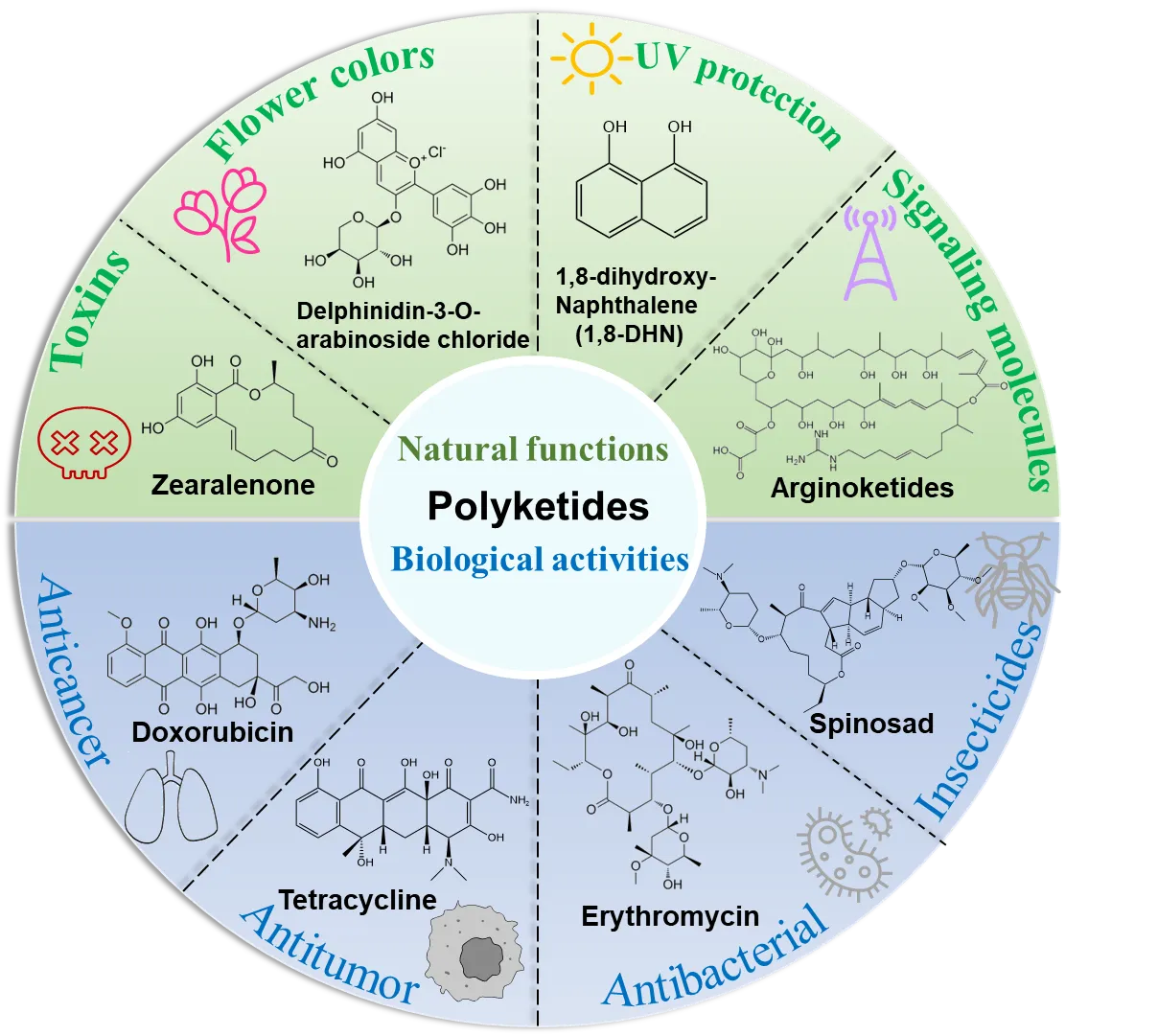
Open Access
Article
12 August 2024Comparative Study: Biodegradable Chelating Agents vs. Aqua Regia for Extraction of Indispensable Elements from Pyrite Ore of Bagrot, Gilgit Baltistan
This study investigates the optimization of metal extraction from Bagrot pyrite ore, with a focus on gold recovery. Initial characterization using X-ray fluorescence (XRF) provided a comprehensive elemental profile of the ore. Fire assaying was employed to establish a baseline gold concentration. Systematic leaching experiments were conducted, varying parameters such as reaction time, temperature, and stirring speed, and the results were analyzed using Inductively Coupled Plasma Mass Spectrometry (ICP-MS). Among the chelating agents tested Ethylenediamine N-N′ disuccinic acid (EDDS), Ethylenediaminetetraacetic acid (EDTA), and Diethylenetriaminepentaacetic acid (DTPA) only limited efficacy in gold extraction was observed. In contrast, ammonium thiosulfate demonstrated substantial potential for effective gold recovery. Mercaptobenzothiazole (MBT) and N,N-Dimethylglycine (DMG) were determined to be ineffective for metal leaching under the tested conditions. This research highlights the critical role of reagent selection and parameter optimization in enhancing the efficiency and sustainability of gold extraction processes, positioning ammonium thiosulfate as a promising alternative to traditional cyanide-based methods.
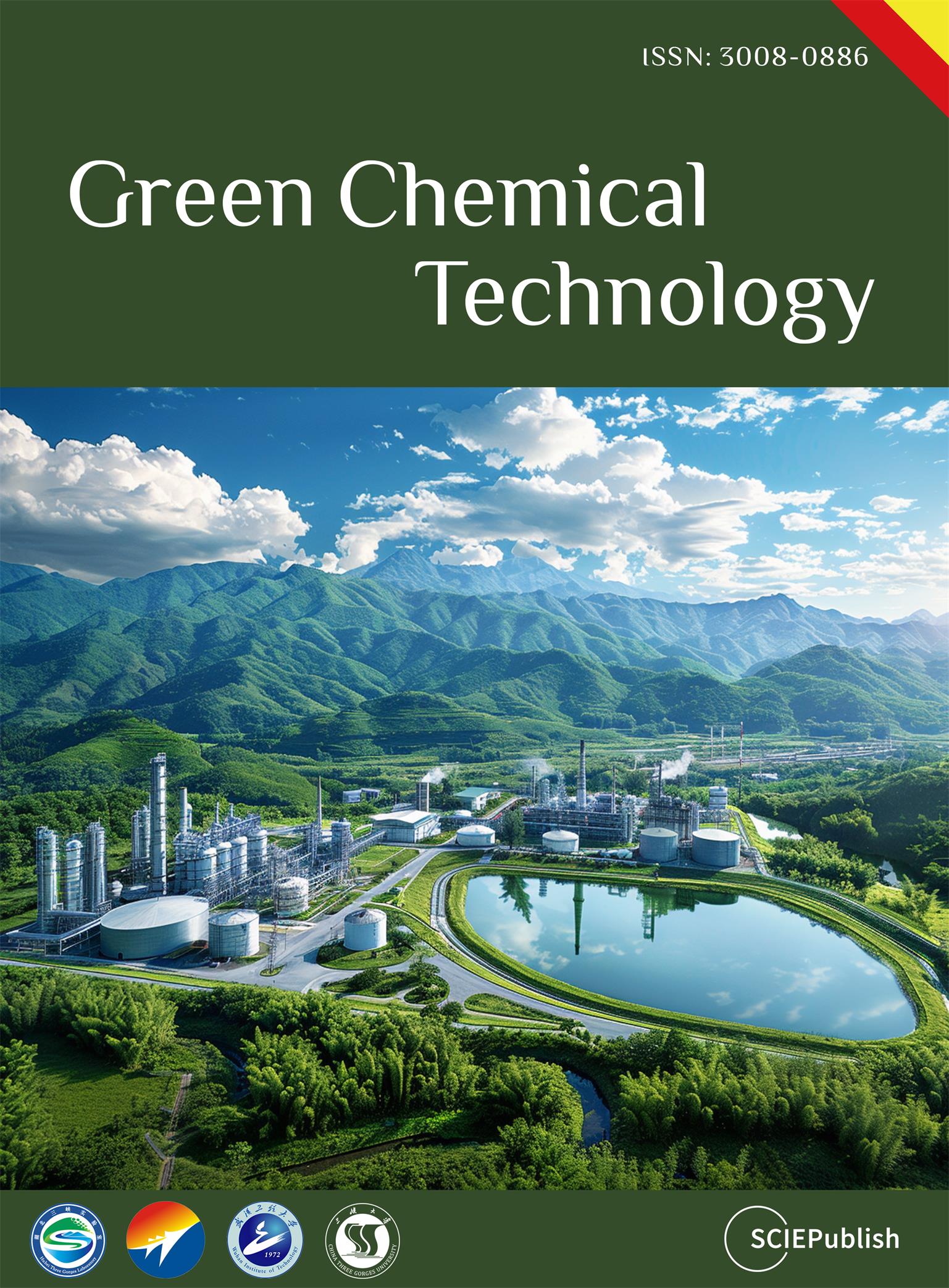
Open Access
Article
09 August 2024Interstage Growth Failure May Adversely Affect Clinical Outcomes in Hypoplastic Left Heart Syndrome: Results from a Single Center Ten-Year Review
Infants with Hypoplastic left heart syndrome (HLHS) are particularly vulnerable during their interstage period which is the time between Stage 1 palliation (S1P) and Stage 2 palliation (S2P). Interstage Monitoring Program (IMP) was established to reduce mortality after discharge following S1P and consists of close monitoring of certain key parameters including hypoxia, growth failure and occurrence of major events. As somatic growth is a potentially modifiable determinant of interstage mortality, we aimed to study the incidence and risk factors of growth failure among infants followed by our IMP over the last 10 years. We included HLHS infants who were enrolled in institutional IMP following discharge after S1P from May 2009 to April 2019. Growth failure was defined as per the NPC-QIC criterion as failure to achieve target interstage weight of 20–30 g per day and risk factors for growth failure were explored. A total of 87 patients were enrolled during the study period, of whom 72 (n = 83%) underwent S2P. About one third (23 patients) failed to achieve the target growth rate despite close monitoring through a robust IMP. Growth failure significantly delayed the time to more stable S2P circulation (median IS duration: 131 days vs 86 days, p = 0.002). Patients with growth failure had a significantly higher incidence of death/transplant prior to Stage 3 (Fontan) completion (39% vs 16%, p = 0.03). Interstage growth failure was significantly associated with a “Hybrid-type” of repair during S1P (p = 0.03); and with the need for opioids at discharge (p = 0.04). This study highlights that growth failure is common in HLHS patients, despite active intervention through an IMP program. These patients appear to have significantly worse transplant-free survival rates compared to their counterparts. Pre-interstage risk factors including use of opioids may need to be addressed to assist adequate somatic growth during interstage.
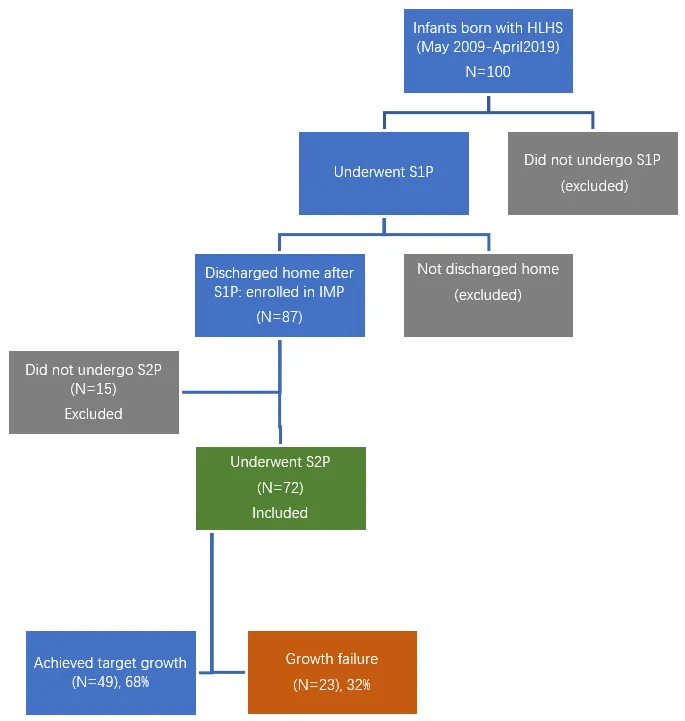
Open Access
Article
08 August 2024Rural Nonfarm Enterprise and Its Impact on Household Livelihood in Ethiopia: Evidence from Gurage Zone
In Ethiopia, until recently, less attention has been given to rural entrepreneurship, while the rural economy has accounted for the lion’s share of employment, export earnings, and national income. This study scrutinized the factors influencing rural household participation in nonfarm enterprise and its impact on household livelihood in the Gurage zone. Data was collected from 352 households using questionnaires, and Key-Informant Interviews and Focus Group Discussions were used. The factors influencing household participation in nonfarm enterprises were estimated using a logit model, while Propensity Score Matching (PSM) was employed to assess the impact on household livelihoods. Women, single-headed households, households with larger family sizes, and households with secondary and primary education are more likely to participate in nonfarm enterprises. In addition, access to extension services, training, market, transport, credit, and being a member of cooperatives have increased the probability of household participation in nonfarm enterprise. Participation in nonfarm enterprises improved the livelihood of rural households. Rural nonfarm enterprises should be integrated into national policy as a means of economic empowerment, focusing on creating employment opportunities for women and youth and reducing poverty. Rural infrastructure expansion, access to credit, and entrepreneurship training should be prioritized and the sector should be enhanced as an alternative livelihood strategy.
